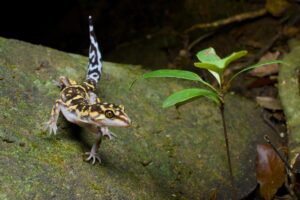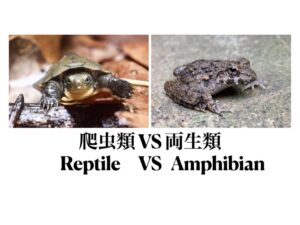
What Are Snakes?
Snakes are a type of reptile belonging to the suborder Serpentes. They are characterized by their lack of limbs, elongated bodies, and long tails. Evolving from terrestrial lizards, snakes have undergone structural simplification and specialization over time. They lack movable eyelids and external ear openings, and internally, they have lost the urinary bladder. While some snakes are venomous, the majority only bite defensively rather than aggressively.
Snakes and Humans
Snakes are often misunderstood and feared by humans, despite playing important roles in various ecosystems. As predators, they help maintain ecosystem balance by controlling prey populations. However, misconceptions have led to persecution and exploitation of snake habitats.
Human-Snake Relations
Snake worship and superstitions have existed in various cultures throughout history, with some snakes being revered as sacred. The international pet trade poses a significant threat to snake populations due to over-collection and habitat destruction. Introduction of invasive species further disrupts ecosystems.
Snake Ecology
Snakes exhibit diverse behaviors, including thermoregulation, hunting, mating, and molting. They have adapted various locomotion methods to different environments, such as serpentine, concertina, rectilinear, and sidewinding.
Conclusion
In conclusion, snakes are fascinating creatures that have captured the attention of humans for centuries. Despite being often misunderstood and feared, they play crucial roles in maintaining the balance of ecosystems as predators. However, human activities such as habitat destruction and the pet trade pose significant threats to snake populations worldwide.
Understanding the ecology, behavior, and historical significance of snakes is essential for fostering coexistence between humans and these remarkable reptiles. By appreciating their unique adaptations and contributions to nature, we can work towards conserving snake habitats and ensuring their survival for future generations to admire and study. Let us embrace a deeper understanding of snakes, recognizing their importance in the intricate web of life on Earth.









